Introduction to Vinland Saga
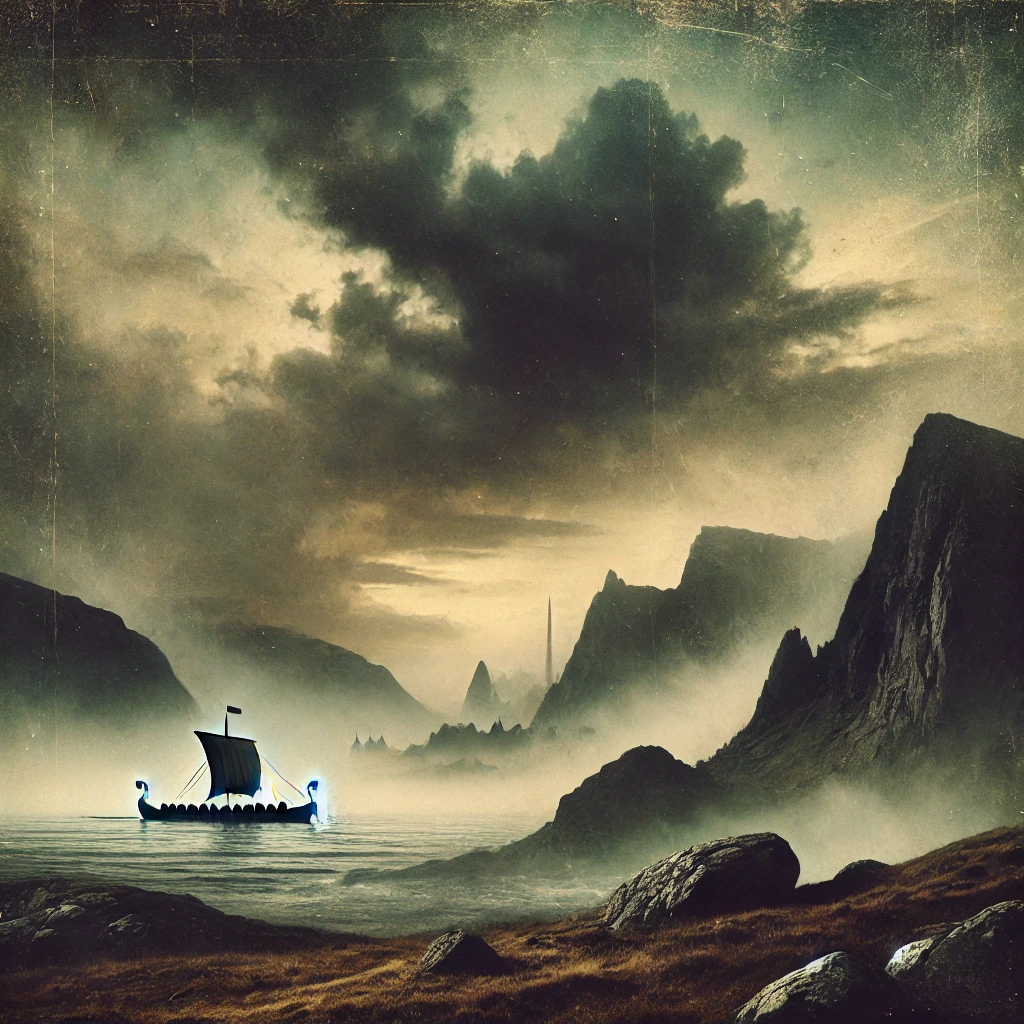
When you think of Viking tales, "Vinland Saga" is likely one of the most captivating stories that comes to mind. But what exactly is this anime, and why has it garnered so much attention? Simply put, "Vinland Saga" blends historical events with powerful storytelling, making it a standout in the anime world. Set during the Viking Age, a period marked by exploration, conquest, and fierce battles, the story follows Thorfinn, a young warrior seeking revenge for his father's death. However, the show is far more than just a tale of vengeance. It’s about growth, the inner conflict between violence and peace, and the search for a greater purpose.
One reason "Vinland Saga" has gained such a loyal following is due to its meticulous attention to historical detail. Fans of history will appreciate how the series dives into Viking culture, Norse mythology, and real historical figures, all while maintaining a deeply engaging fictional narrative. For example, the depiction of Viking battles, ship expeditions, and even their pursuit of new lands like Vinland are not only accurate but serve as the foundation for the plot.
What really sets "Vinland Saga" apart is how it doesn't shy away from complex themes. Questions about war, peace, and personal growth resonate deeply with audiences. Even if you aren’t a history buff, you’ll find yourself hooked by the character development and the philosophical undertones woven throughout the story. And of course, the incredible animation and intense battle scenes certainly help to keep viewers on the edge of their seats.
In short, "Vinland Saga" has gained its popularity not only because of its action-packed sequences but because of its ability to make you think. Whether you’re here for the historical references or the emotional journey of its characters, there’s something in this saga for everyone.
Plot Overview: A Journey of Revenge and Exploration
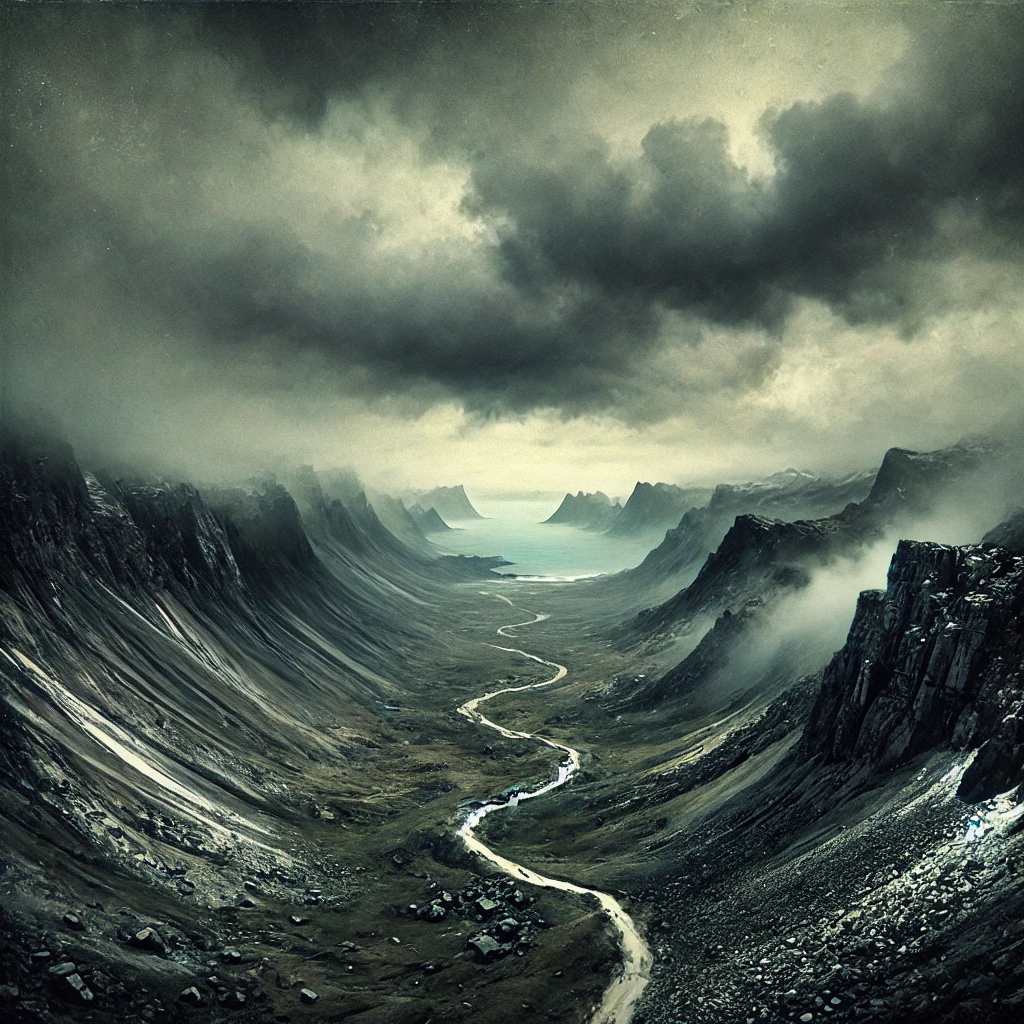
So, what’s the core of Vinland Saga all about? At its heart, it’s a tale of revenge, but it’s much more than just a simple vengeance story. The protagonist, Thorfinn, starts his journey as a boy filled with anger and hatred after witnessing the brutal murder of his father, Thors. You can imagine how that kind of trauma shapes a person, right? Thorfinn's sole purpose becomes seeking revenge against the man responsible, Askeladd, who, interestingly, ends up playing a significant role in his life as a mentor and antagonist.
But Vinland Saga isn't just about personal revenge. The anime is set against a rich historical backdrop, capturing the Viking era's essence—the constant battles, the exploration of new lands, and the harsh realities of survival. One of the key turning points in the series is Thorfinn’s involvement in the Viking wars, particularly those involving England and Denmark. This isn’t just background noise; it heavily influences his character development. He learns that revenge isn’t the answer to all problems, and through his experiences in war and travel, Thorfinn starts questioning the very path he’s on.
Now, one of the most interesting aspects is the concept of “Vinland,” a land free of war and violence. It’s a dream of peace, something radically different from the blood-soaked world Thorfinn knows. While his initial motivation is revenge, over time, the idea of finding peace and a purpose beyond killing begins to shape his journey. The shift in Thorfinn’s character—from a vengeful warrior to someone yearning for a peaceful life—adds depth to the story that keeps audiences engaged.
Throughout his journey, Thorfinn encounters historical figures, participates in fierce battles, and faces internal struggles that make him a far more complex character than he first appears. His journey is one of self-discovery, moving from blind revenge to a more profound understanding of life and purpose. And in the midst of all this, the series seamlessly weaves in actual historical events, giving fans a taste of Viking history.
So, whether you're drawn in by the intense action or the emotional depth, Vinland Saga offers a captivating journey through war, exploration, and personal growth.
Character Profiles: Heroes and Villains of Vinland
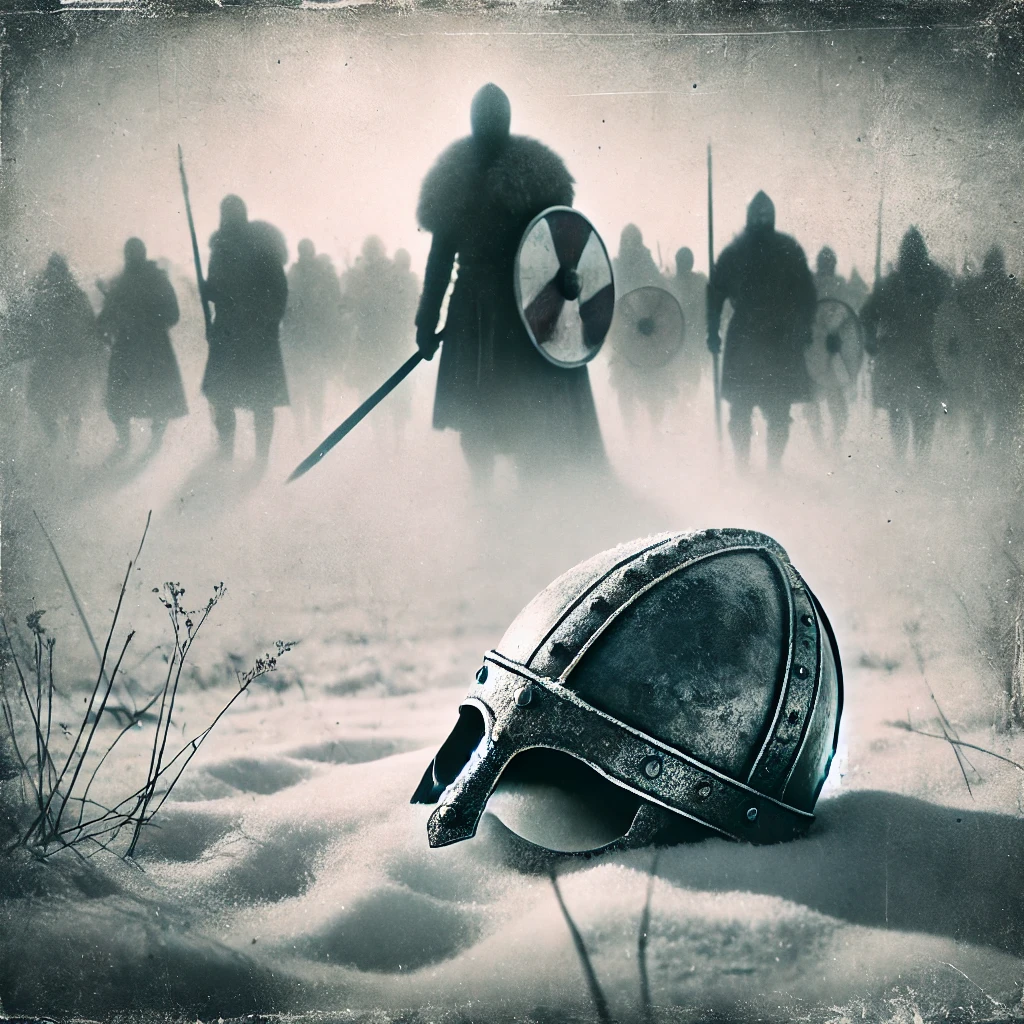
Let’s dive into the fascinating characters that drive the Vinland Saga story. First up is our main protagonist, Thorfinn. As a child, Thorfinn idolized his father, Thors, a legendary Viking warrior who sought peace rather than war. However, after witnessing Thors’ brutal murder at the hands of Askeladd, Thorfinn’s life takes a drastic turn. His primary motivation becomes seeking revenge on Askeladd, even joining his band of mercenaries to stay close to him. But as the series progresses, Thorfinn’s character grows in complexity. His relentless quest for vengeance starts to feel hollow, and he begins to question the true meaning of honor, revenge, and peace.
Now, let’s talk about Askeladd, one of the most complex characters in the series. On the surface, he appears to be nothing more than a manipulative mercenary leader, but there’s so much more to him. Askeladd is incredibly cunning, often staying two steps ahead of his enemies. His motivations are deeply rooted in his secret heritage, as he descends from Welsh royalty, and his disdain for the Danes drives many of his decisions. While Thorfinn sees Askeladd as a villain, Askeladd’s actions and wisdom often blur the lines between hero and antagonist. He becomes a sort of mentor to Thorfinn, teaching him life lessons through their twisted relationship.
Then there’s Prince Canute, a character who goes through one of the most significant transformations in Vinland Saga. When we first meet him, Canute is timid and unsure of himself, hardly fitting the image of a Viking leader. However, as the series unfolds, he undergoes a radical change. Influenced by the brutal realities of war and power, Canute transforms into a cold, calculated leader determined to bring peace—albeit through ruthless means. His evolution from a fearful prince to a powerful king is one of the most compelling arcs in the series, and it’s fascinating to see how his path intersects with both Thorfinn and Askeladd.
Each of these characters—Thorfinn, Askeladd, and Canute—plays a vital role in the narrative of Vinland Saga. Their intertwined stories explore themes of revenge, power, and the search for meaning in a violent world. Whether it's Thorfinn’s internal struggle, Askeladd’s masterful manipulation, or Canute’s dramatic rise to power, these characters keep viewers hooked, adding layers of depth to the overall story.
Themes and Historical Influence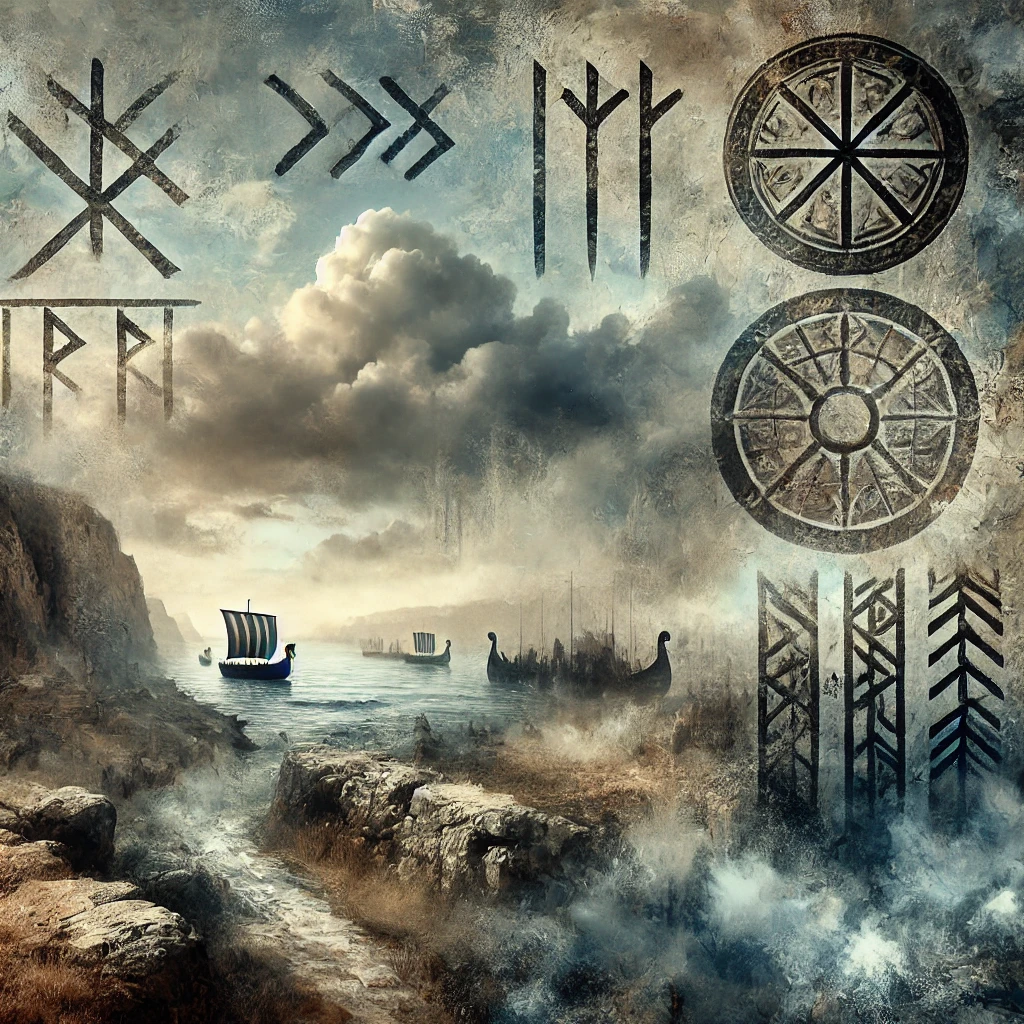
At its core, Vinland Saga is much more than just a historical anime about Vikings. It’s a story that digs deep into universal themes like revenge, honor, and the constant struggle between violence and peace. The show doesn’t shy away from portraying the brutality of Viking life, but what makes it unique is how it questions the very values that defined that era. For example, Thorfinn’s entire journey is driven by revenge, but as the story progresses, he starts to realize that vengeance might not bring the peace he seeks. This internal conflict is a recurring theme in Vinland Saga, forcing both the characters and the audience to reflect on the consequences of violence.
Another major theme is honor. In the world of Vikings, honor is often tied to battle and strength. However, the show cleverly explores the idea that true honor might not lie in wielding a sword, but rather in knowing when to put it down. Thors, Thorfinn’s father, is a prime example of this. A legendary warrior, Thors chose a life of peace over violence, setting the foundation for the story’s exploration of these contrasting ideals.
Then, there’s the fascinating way Vinland Saga blends Norse mythology, historical facts, and fictional storytelling. The anime is set during the Viking invasion of England, a real historical event, and it includes actual figures like King Canute. Yet, it also incorporates elements of Norse mythology, such as the concept of Valhalla and the warrior’s eternal quest for glory. This combination of real history and myth adds depth to the story, grounding it in reality while allowing for creative storytelling.
The anime also touches on the idea of exploration, specifically the Vikings' desire to find new lands. The fabled land of Vinland, which represents a peaceful, untouched paradise, is a powerful symbol in the series. It contrasts with the blood-soaked world of Europe, offering a glimmer of hope and a possible escape from the cycle of violence. This theme of exploration reflects not only the Vikings' historical quest for new territories but also the characters' personal journeys toward self-discovery and peace.
In short, Vinland Saga masterfully weaves together themes of revenge, honor, and peace, all while grounding its story in rich historical and mythological context. It’s a series that makes you think about the costs of violence and the true meaning of strength, leaving a lasting impact long after the credits roll.
Cultural Impact and Reception
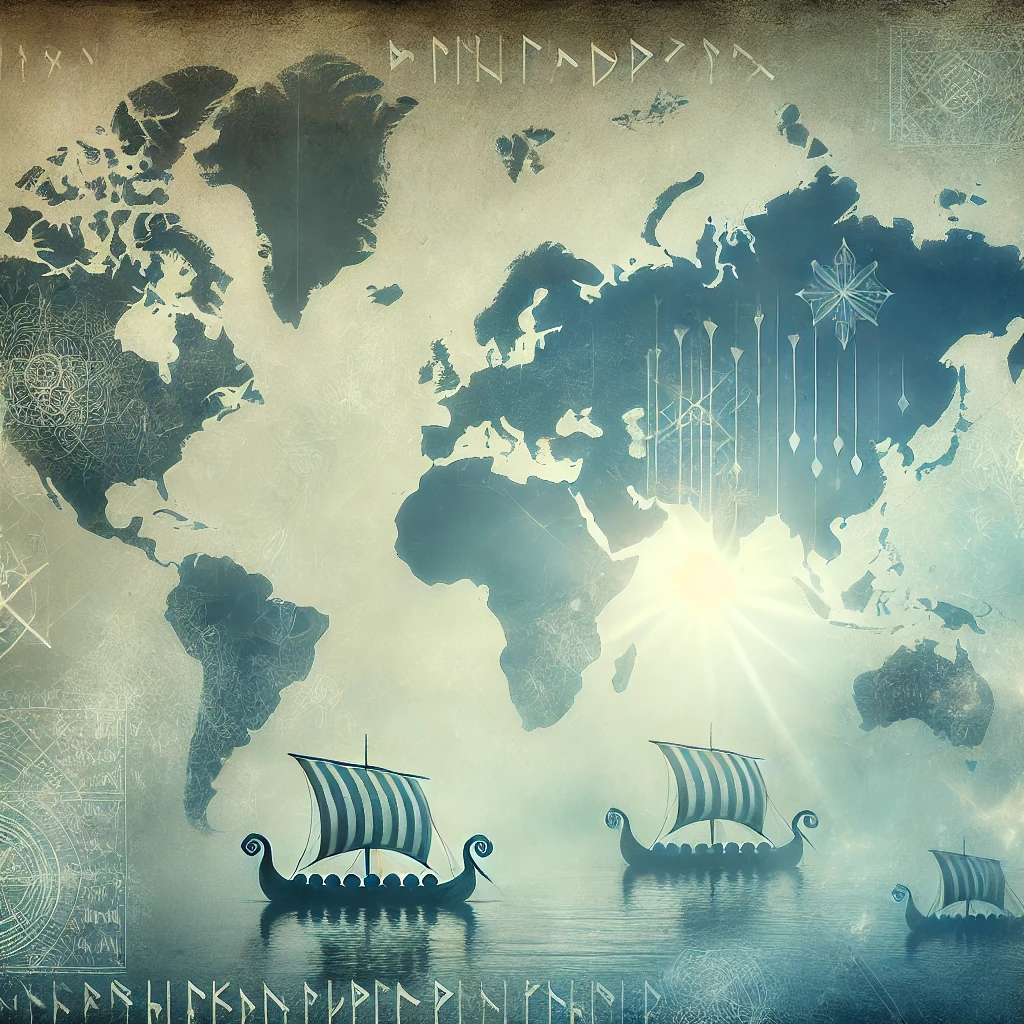
Vinland Saga has made quite an impression, both in Japan and around the globe. In Japan, it initially captivated audiences with its stunning animation and deep storytelling, blending historical events with compelling character arcs. Fans appreciated the way it portrayed the Viking era with such detail, offering a refreshing contrast to the typical anime genres. The anime’s success led to a surge in interest in Viking history, which is not a common theme in Japanese media. That alone set Vinland Saga apart from the crowd, and it quickly became a favorite among anime enthusiasts.
Internationally, Vinland Saga took off in a big way. Its raw depiction of Viking life, intense action scenes, and complex themes resonated with audiences worldwide, especially in Europe and North America, where Viking history already holds significant cultural importance. For Western viewers, the mix of historical accuracy and Norse mythology struck a chord, and many praised the anime for its unique take on a period that’s often romanticized. The show’s success outside of Japan was also boosted by streaming platforms like Amazon Prime, making it easily accessible to a global audience.
One of the key reasons Vinland Saga has left such a mark is how it blends historical narrative with emotional depth. Anime fans, who are often drawn to fantastical settings and larger-than-life characters, found something different here—a story grounded in history but still filled with the excitement and drama they love. It’s not just about epic battles; it’s about the characters’ inner struggles, their quest for meaning, and their growth, all of which resonate universally.
Furthermore, Vinland Saga has contributed to popularizing historical narratives in modern media. In a time when anime often focuses on high school dramas, supernatural powers, or futuristic worlds, Vinland Saga stands out by taking us back to a real, gritty, and brutal era. This has opened the door for more historical-themed anime to gain attention and has shown that there’s a global appetite for well-researched, well-executed historical fiction.
Ultimately, Vinland Saga is not just another anime—it’s a cultural phenomenon that has expanded the scope of what anime can achieve, especially in the realm of historical storytelling. Its impact on fans and its contribution to bringing history to life in modern media will likely be felt for years to come.